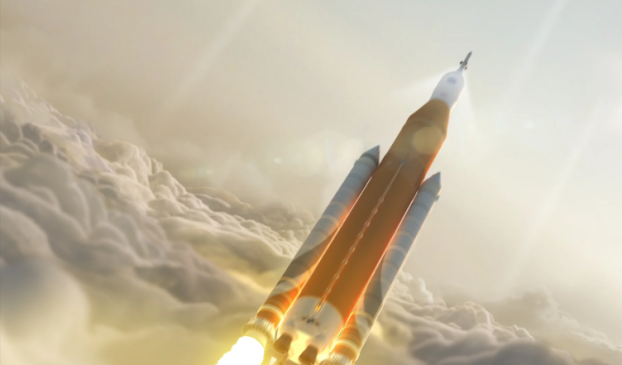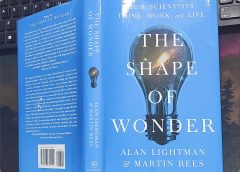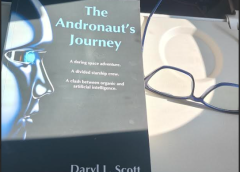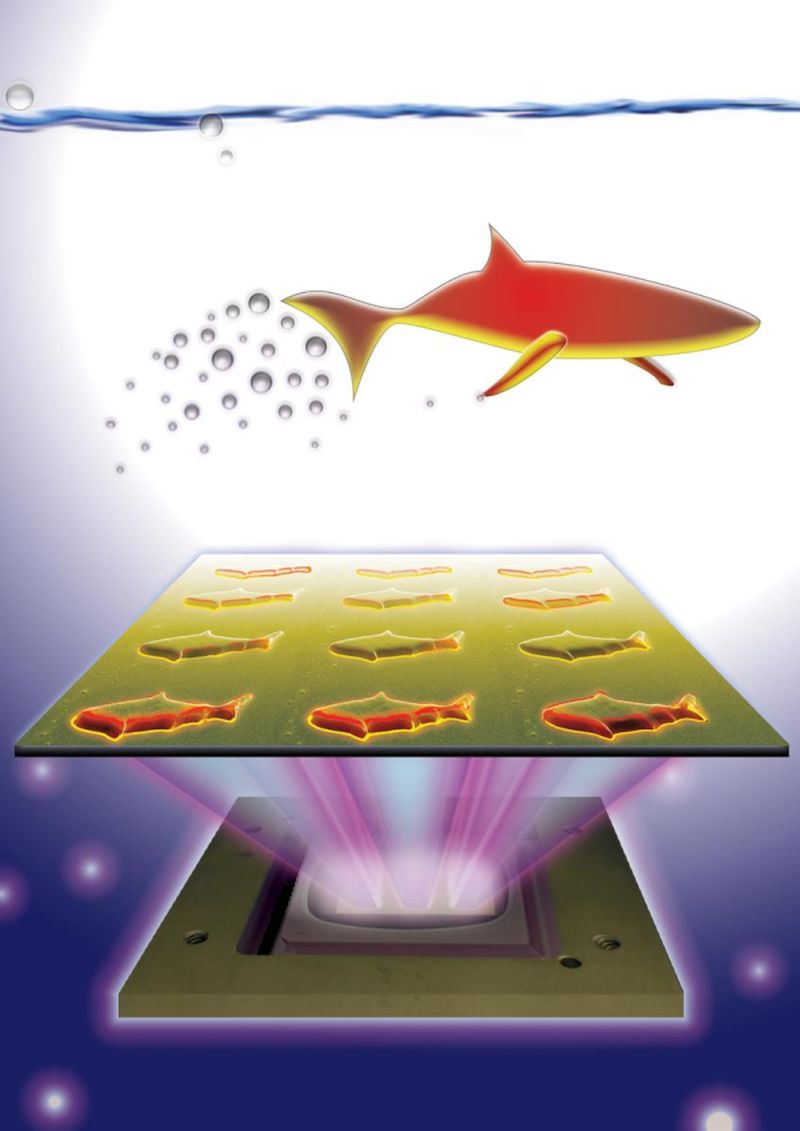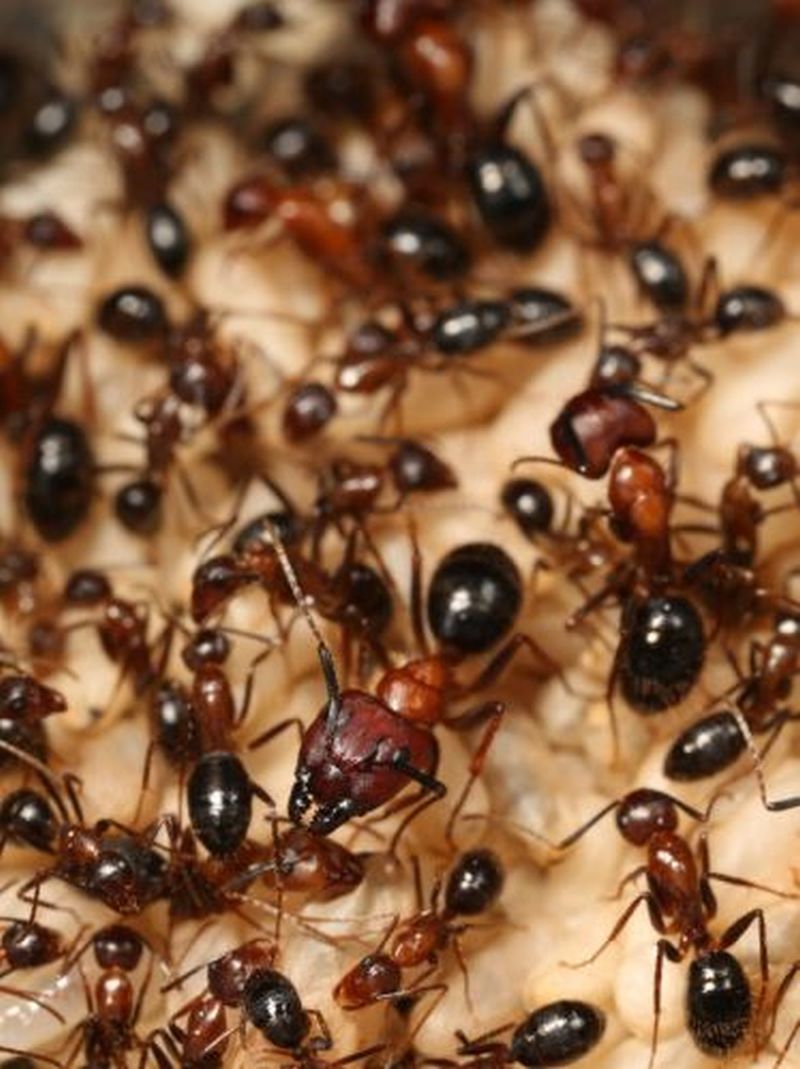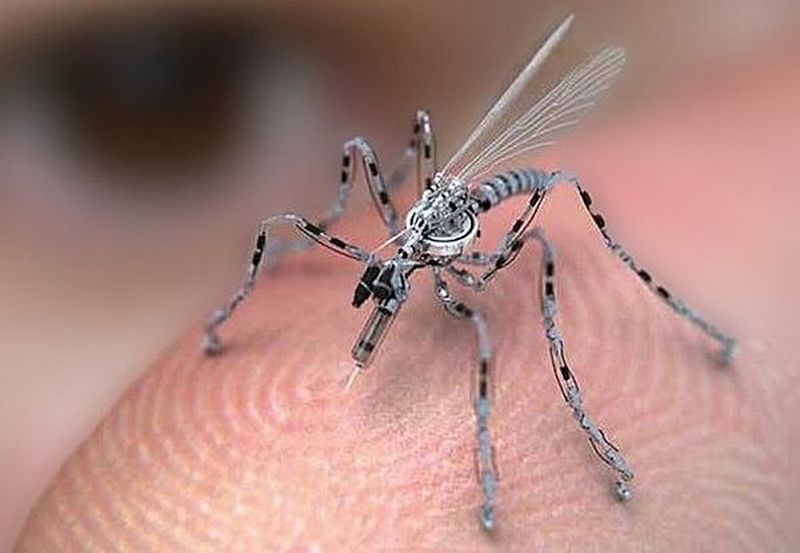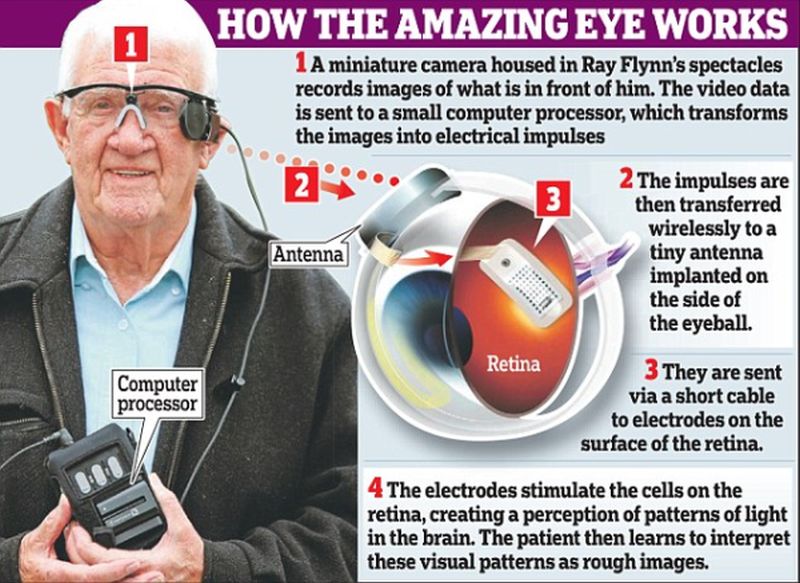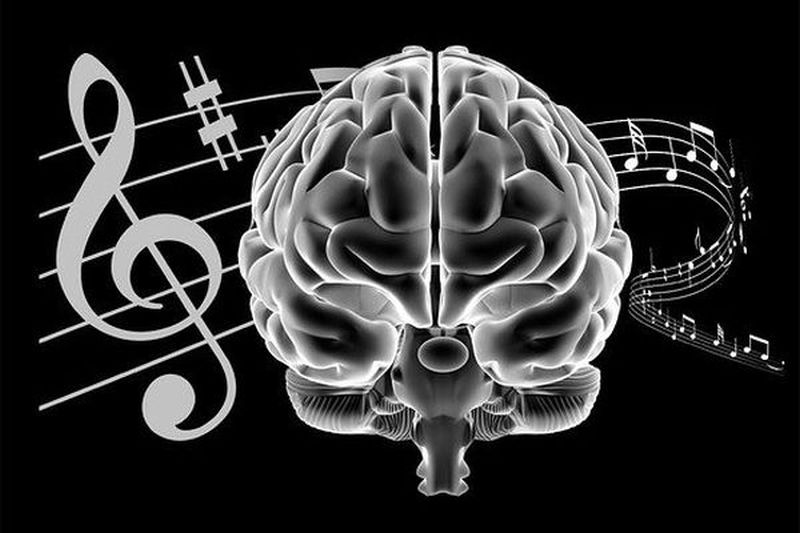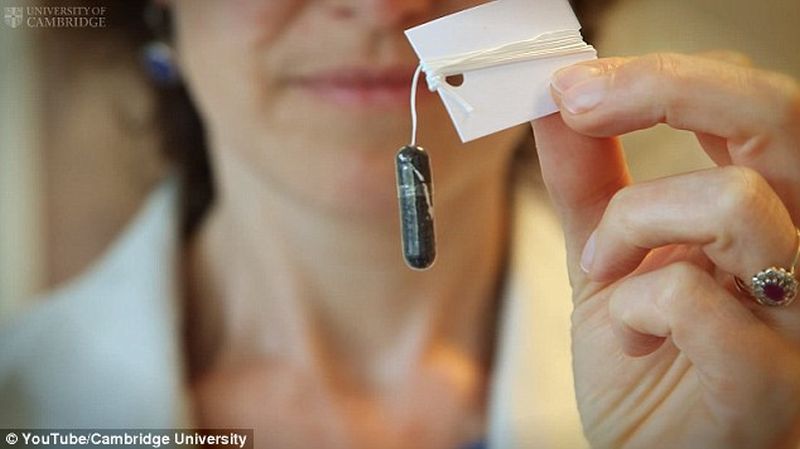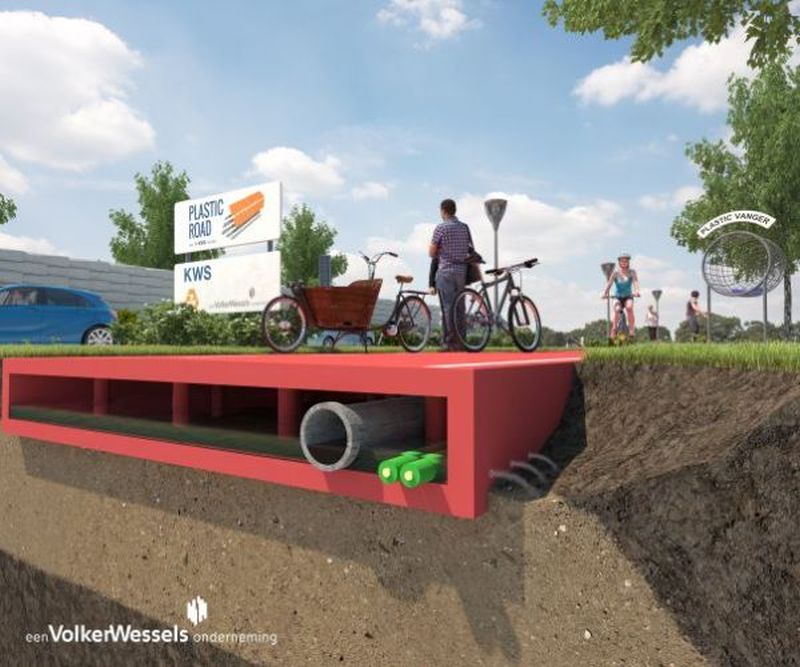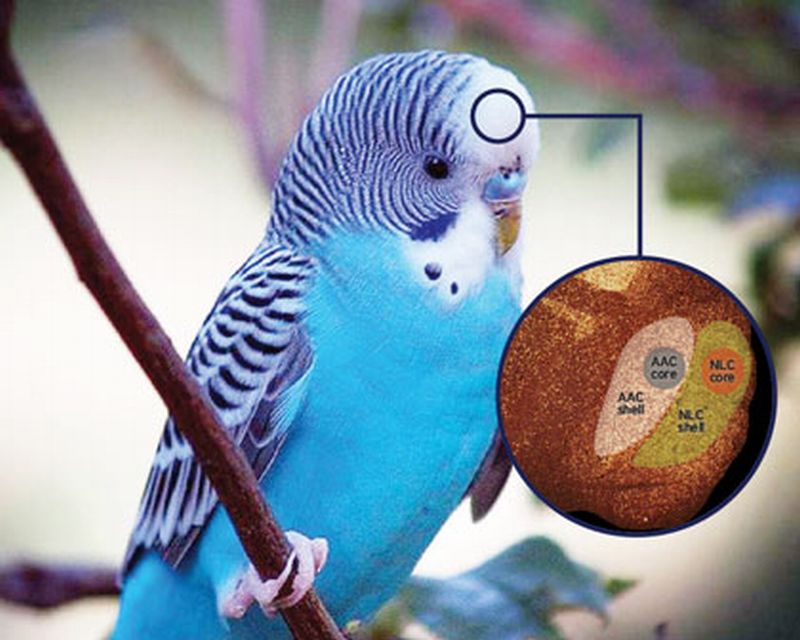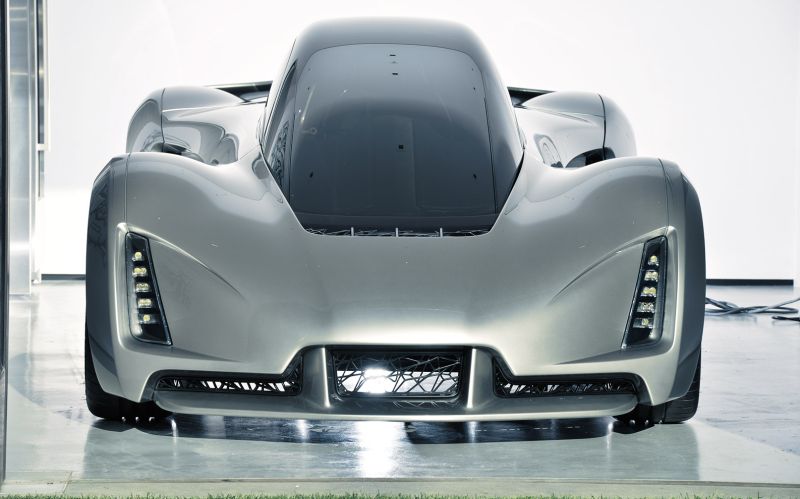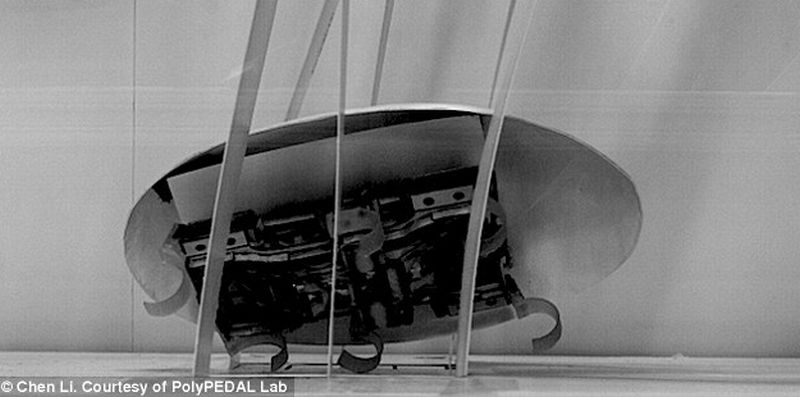Nanoengineering experts at the University of California, San Diego, using advanced 3D printed technology have designed micro robots, named as micro fish. As the name suggests these tiny robots are fish shaped and can be used for various functions such as detoxification, sensing toxins and in surgeries assisted by micro robots.
Read MoreAdvanced sense of odor helps ants identify individual ants: Nestmate versus Non-nestmate
Scientists studying ants have always wondered how ants living in huge colonies, identify other ants belong to same colony or is an intruder or enemy ant. Researchers from The University of California, Riverside have found an answer to this question. They have found that ants communicate via diverse hydrocarbon chemicals present on the their outer shells (or cuticles).
Read MoreTiny Insect Eye Motion Sensor: Giving Sight to Mini Drones
Based on the vision systems of insects, researchers have created petite artificial eye for autonomous flying drones. This would make drones more practical by helping in smooth navigation, avoiding collision in restricted or cluttered areas.
Read MoreAir Capture Technology to Trap CO2: Carbon Engineering’s Initiative for Green Earth
A Canadian company known as Carbon Engineering (CE) has designed an innovative technology to capture atmospheric carbon dioxide and utilizing the captured carbon dioxide for the generation of ultra low carbon intensity liquid fuels.
Read MoreBionic Eye allows blind man to see again: The Eyeborg
Experts at Manchester Royal Eye Hospital have successfully restored the vision of 80 years old Ray Flynn, through implanting ‘bionic eye’. For the last eight years, Mr Flynn suffered from dry age-related muscular degeneration (AMD). AMD is a condition in which photoreceptor cells in the central region of the retina are damaged leading to loss of central vision. The condition is very common, affecting nearly 5,00,000 people in the UK.
Read MoreMusic Lessons facilitate Neurodevelopment: Enhancing the Teenage Brain
According to a study conducted by Northwestern University, music training may help in enhancing brain’s responses to sound, hone hearing and language skills in teenagers even if it is introduced as late as in high school. The study suggests music lessons helps improving skills that are considered important for academic success.
Read MoreCytosponge Pill can detect Csophageal Cancer at an Early Stage: Cure for Cancer
A research team from the University of Cambridge has found a way for early detection of esophageal cancer, which is also the eighth most common cancer type worldwide. Conspicuous symptoms of the cancer so far can be marked only in the advance stages.
Read MoreGreen Future: PlasticRoads an Alternative to Tar and Asphalt road surfaces
Experts worldwide keep finding new ways to recycle plastic waste. Qualities like lightweight, moisture resistant, flexible and relatively cheap have increased production and consumption of plastic worldwide, but with so many benefits, comes disadvantages. Plastics do not decompose easily and are posing serious threat for the environment. From land to sea, everywhere plastic debris can be seen and is a major concern for the environmentalist.
Read MoreThe Spike S-512 Supersonic Jet: World’s Fastest Airliner with 1,370 mph Speed Limit
In an attempt of re-inventing the future of travel, Spike Aerospace has unleashed the world’s fastest airliner, the S-512 Supersonic Jet. Effortlessly, the S-512 is able to touch a supersonic gliding speed of Mach 1.6, which is around 1,220 mph while its upper limit is nearly the speed of 1,370 mph equivalent to that of Mach 1.8. The US-based aerospace engineering & design company affirmed that in order to concretize the concept, they are willing to shed $80 million. Upgrading travelling A similar concept called SABRE (Synergistic Air-Breathing Rocket Engine)…
Read MoreThe Diary of a Young Girl by Anne Frank
A personal diary it is and anybody reading it will be moved by the fears and day to day problems faced by the Franks. The Diary of a Young Girl by Anne Frank is one of the most simple and meaningful book for people who want to learn the times and tides of WWII.
Read MoreKoenigsegg One:1 creates new Speed Record: 0-300-0 kmh in just 17.95 seconds (w/ Video)
In a recent track testing, the Koenigsegg One:1 Megacar smashed 0-300kmh in mere 17.95 seconds thus beating its previous World Record of 21.19 seconds. As per the makers, the car is expected to accelerate faster in the near future.
Read MoreTo Kill a Mockingbird by Harper Lee
To Kill a Mockingbird by Harper Lee is one of those books that pose the fundamental question about the being of humanity. The protagonist, Atticus Finch with his strong adherence to ethics and morality rises above the society with the progression of the novel’s plot.
Read MoreKey Structural Differences in Brain leads to Vocal Imitation in Parrots: The Talking Birds
Researchers from Duke University, North Carolina have revealed the presence of key structural differences in the brain of parrots that leads them to ‘talk’ than the other birds. The discovery might also give some understanding into the neural mechanisms especially the neural circuits of human speech.
Read MoreAutomobile Manufacturing Platform: 3D Printed Supercar built from Unique Node System (w/ Video)
San Francisco based Divergent Microfactories has unleashed an innovative technique for revolutionizing automobile manufacturing. They have incorporated 3D printing with an aim of lessening pollution, minimum resources and lighter costs associated with building autos and other huge complex structures.
Read MoreCockroach Robot: Uses Body Shape for traversing Cluttered Environment (w/ Video)
Researchers at University of California, Berkeley have designed a robot that is based on cockroach. Team envisions that the concept would inspire future robot designs so that the body shape might be used for tracking environment including exploration and rescue operations.
Read More


